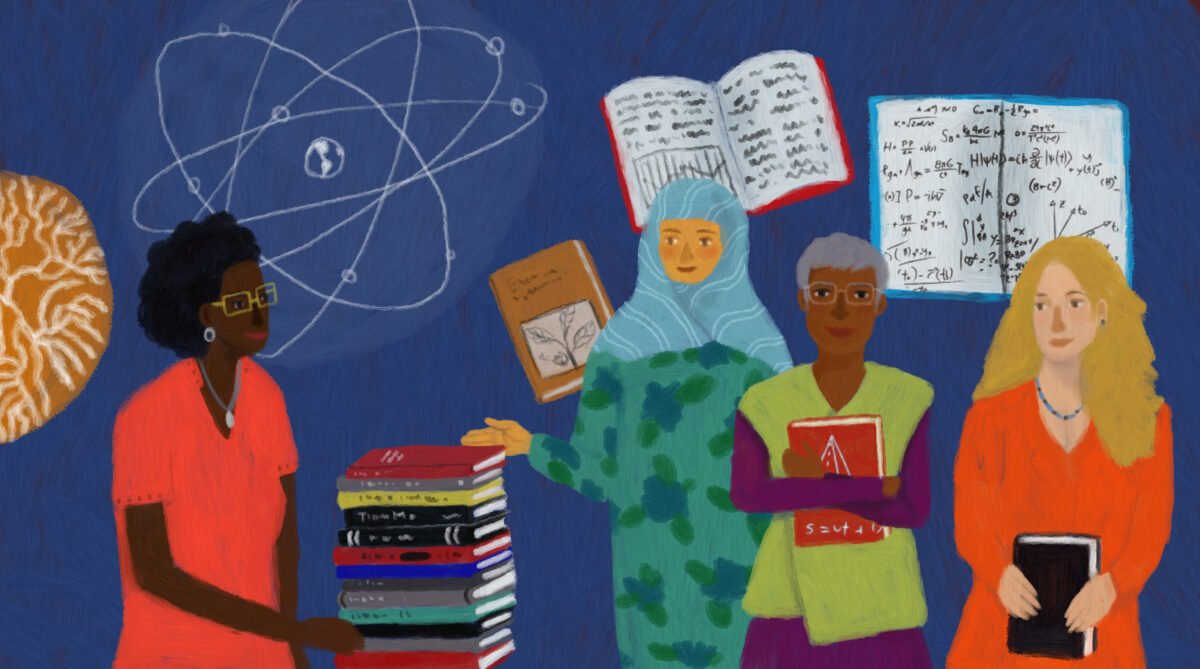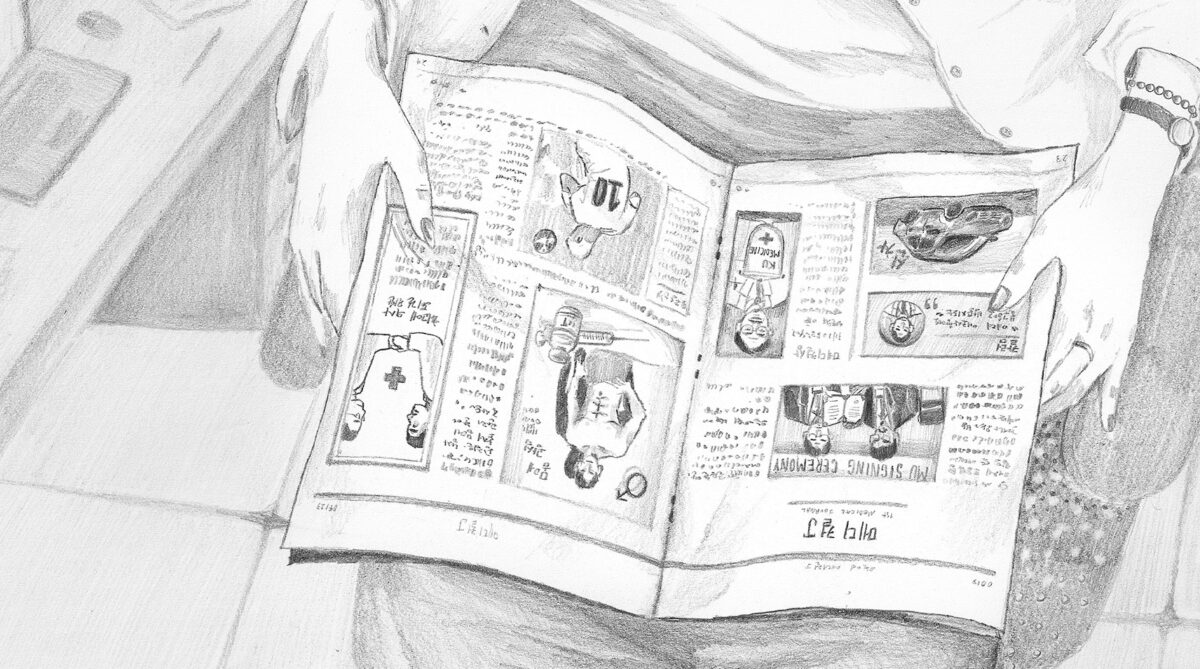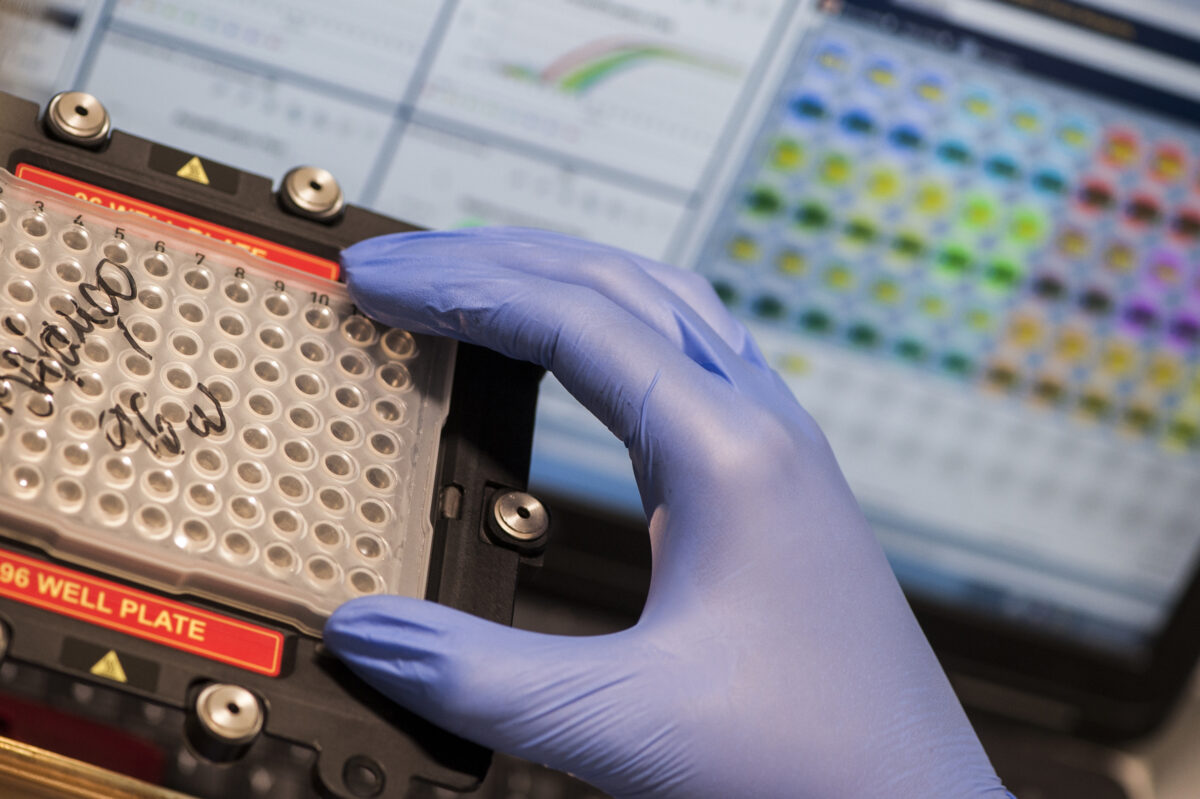 #Careers
#Careers
Asian publications have the lowest female author representation
The proportion of female authors in Asian medical journals is three times lower than in journals from the United States and Europe
 Illustration: Patrícia Baik/Estúdio Voador
Illustration: Patrícia Baik/Estúdio Voador
A study that compared medical journals from four countries and five specialties found that Asian publications have the lowest female author representation. The United States has the highest proportion of female authors, while journals from Europe (Germany and the United Kingdom) have seen the most growth in female representation over the last decade. The proportion of female authors in Asian journals (Japan) is up to three times lower than in other regions.
The results were published in the journal Scientometrics by researchers from Hamburg, Germany, and Tokyo, Japan.
In all, gynecology, pediatric, radiology, urology, and surgery journals were reviewed. During the compared periods (2007/2008 and 2017/2018), the Japanese publications saw a small increase in the number of female first authors, those who are usually at the start of their careers and who have made the most significant contribution to the published work. However, this growth was accompanied by a drop in the number of female senior authors, those who typically supervise the research, secure funding, and occupy the last author position.
Compared to the number of female physicians in the respective countries, female first authors are well represented in US and European journals but are underrepresented in Asian journals. “Female senior authors remain underrepresented in all of the regions’ journals,” emphasize the study’s authors.
Researchers also found that journals from the United States mostly publish US authors, while in European journals, women from North America and the Old Continent are equally represented. Asian women working in Asian institutions are the least represented not only in North American and European journals, but in Asian journals as well.
Over the ten-year period under review, in scientific journals from the three regions, authorship by male same-sex researchers has decreased, but it remains the most common. Additionally, it is more common for two women to share first and last authorship than for a man to be listed as the first author with a woman as the study’s supervisor.
In a selection of US journals, used in other studies for comparison purposes, the percentages found in pediatrics (66.1% and 43% for first and last author, respectively) indicate a continued increase in female authorship. In gynecology (64% and 40.8%) and radiology (33.5% as first author), the percentages are in the same range as in previous studies.
In the latter specialty, however, the 16.3% of senior authorship is lower than that found in other studies. In urology, the 23.9% of female first authors in 2017/2018 indicates an increase not only when compared to 2007/2008 (13.5%), also analyzed in the study, but when compared to a 2009 study that came in at 16.7%. The number of female senior authors, however, has not changed much from the 6.6% in 2007/2008.
Peer review
The authors believe that the study’s findings can serve to raise awareness among publishers of the underrepresentation of women in Asian journals and of women working at Asian institutions in journals published in other parts of the world. Moreover, the findings may motivate publications to replace single-blind peer review—where the authors do not know the identity of the reviewers—with double-blind peer review (where the reviewers’ identities and the authors’ names and affiliations are omitted) and even triple-blind peer review (where not even the publisher knows the identity of the authors).
Other works have already shown that both male and female publishers prefer to recruit reviewers of the same sex, and that only 21% of the top ten journals in 41 categories have female editors-in-chief. Furthermore, acceptance rates after single-blind peer review are higher for established authors, usually men.
“[The study] serves to illustrate the need for network structures, a safe learning environment, improved research and funding options, and professional support for the advancement of women, something that organizations such as ‘Women in Surgery,’ ‘Women in Transplantation,’ ‘Women in Pediatrics,’ and ‘Society of Women in Urology’ strive for,” conclude the researchers.
*
This article may be republished online under the CC-BY-NC-ND Creative Commons license.
The text must not be edited and the author(s) and source (Science Arena) must be credited.


